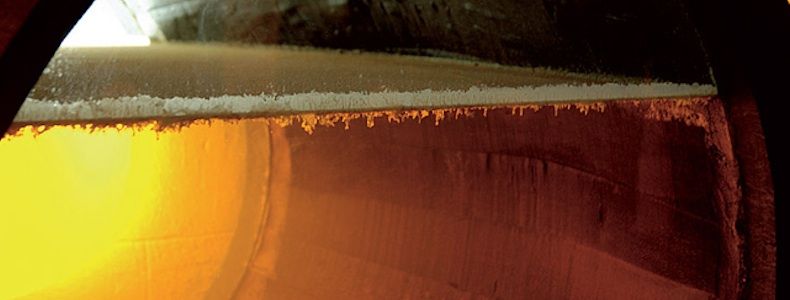Hi everyone, its been a while since I last posted.
I'm building my yeast supply back up after 8 months in the fridge. Its white in color...is that a good or a bad thing? I'm aerating a 1 gallon starter and it smells okay to me. Its putting off a nice nutty, slight banana odor. I would imagine its alive.
I'm building my yeast supply back up after 8 months in the fridge. Its white in color...is that a good or a bad thing? I'm aerating a 1 gallon starter and it smells okay to me. Its putting off a nice nutty, slight banana odor. I would imagine its alive.
















![Craft A Brew - Safale S-04 Dry Yeast - Fermentis - English Ale Dry Yeast - For English and American Ales and Hard Apple Ciders - Ingredients for Home Brewing - Beer Making Supplies - [1 Pack]](https://m.media-amazon.com/images/I/41fVGNh6JfL._SL500_.jpg)












































